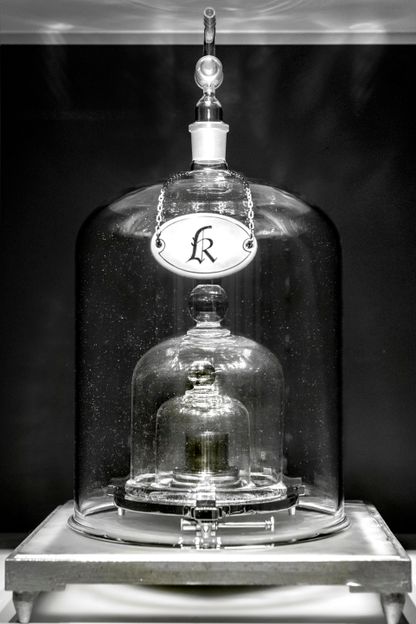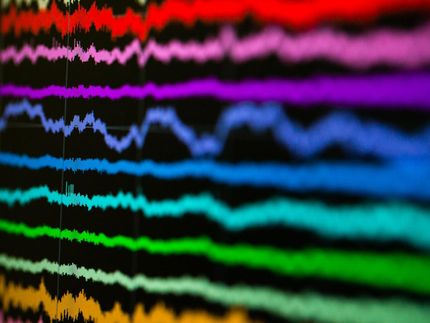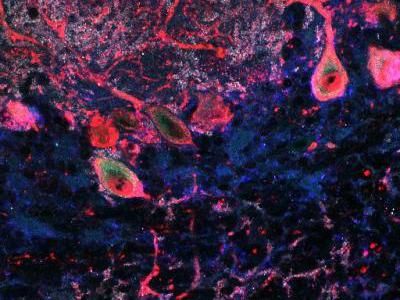Relief for epilepsy at the scale of a single cell
Chemical stimulation and electrical sensing at the same site
Researchers at Linköping University have developed in collaboration with French colleagues a small device that both detects the initial signal of an epileptic attack and doses a substance that effectively stops it. All this takes place where the signal arises - in an area of size 20×20 μm known as a "neural pixel".
The results, from the Laboratory for Organic Electronics at LiU's Campus Norrköping, have been published with Asst. Prof. Daniel Simon as main author.
According to a recently produced estimate, no less than six percent of the Earth's population suffers from some type of neurological illness such as epilepsy or Parkinson's. Some medicines are available, but when these are taken orally or injected into the bloodstream, they also end up where they aren't needed and may cause serious problems. All medicines have more or less severe side effects, and no fully satisfactory treatment for neurological illnesses is available.
Neurons, or nerve cells, are the cells in the body that both transmit and receive nerve impulses. The small 20×20 μm device developed by the scientists can both capture signals and stop them in the exact area of nerve cells where they arise. No other part of the body needs to be involved.
"Our technology makes it possible to interact with both healthy and sick neurons. We can now start investigating opportunities for finding therapies for neurological illnesses that arise so rapidly and so locally that the patient doesn't notice them," says Daniel Simon.
The experiments were conducted in the laboratory on slices of brains from mice. The device consists of a sensor that detects nerve signals, and a small ion pump that doses an exact amount of the neurotransmitter GABA, a substance the body itself uses to inhibit stimuli in the central nervous system.
"The same electrode that registers the activity in the cell can also deliver the transmitter. We call it a bioelectronic 'neural pixel', since it imitates the functions of biological neurons," says Daniel Simon.
"Signalling in biological systems is based on chemical signals in the form of cations, which are passed between transmitters and receptors, which consist of proteins. When a signal is transferred to another cell, the identification of the signal and the triggering of a new one occur within a very small distance - only a few nanometers. In certain cases, it happens at the same point. That's why being able to combine electronic detection and release in the same electrode is a major advance," says Professor Magnus Berggren.
The small ion pump, which was developed at the Laboratory for Organic Electronics, attracted a great deal of attention when it´s first application as a therapeutic device was published a year ago. The sensor that captures the nerve signal has subsequently been developed by the LiU researchers' collaborators at the École Nationale Supérieure des Mines in Gardanne, France. The mouse experiments were performed at Aix-Marseille University. The entire device is manufactured from conductive, biocompatible plastic.
Original publication
Most read news
Original publication
Amanda Jonsson, Sahika Inal, llke Uguz, Adam J. Williamson, Loïg Kergoat, Jonathan Rivnay, Dion Khodagholy, Magnus Berggren, Christophe Bernard, George G. Malliaras, and Daniel T. Simon; "Bioelectronic neural pixel: Chemical stimulation and electrical sensing at the same site"; PNAS; 2016
Topics
Organizations
Other news from the department science

Get the life science industry in your inbox
By submitting this form you agree that LUMITOS AG will send you the newsletter(s) selected above by email. Your data will not be passed on to third parties. Your data will be stored and processed in accordance with our data protection regulations. LUMITOS may contact you by email for the purpose of advertising or market and opinion surveys. You can revoke your consent at any time without giving reasons to LUMITOS AG, Ernst-Augustin-Str. 2, 12489 Berlin, Germany or by e-mail at revoke@lumitos.com with effect for the future. In addition, each email contains a link to unsubscribe from the corresponding newsletter.
Most read news
More news from our other portals
Last viewed contents
Affectional_bond
Staph uses nitric oxide enzyme to colonize noses
California_Constitution_Article_XXXV
Richard_Herrnstein

Power to the constants! - On World Metrology Day what defines a kilogram, an ampere and all the other units will change fundamentally
Nail_(anatomy)
Iron
Category:Endocrine_pancreas
Lactate test made easy
Roy_John_Britten
Category:Firmicutes























































